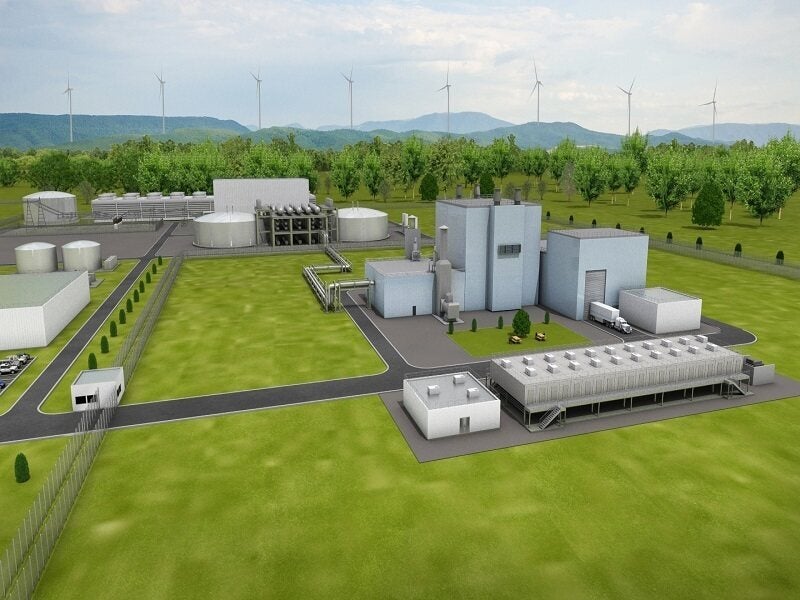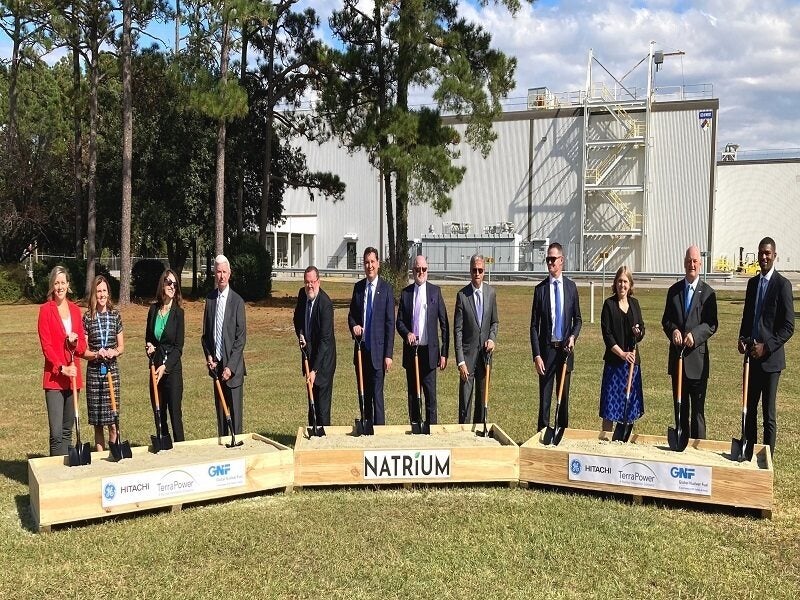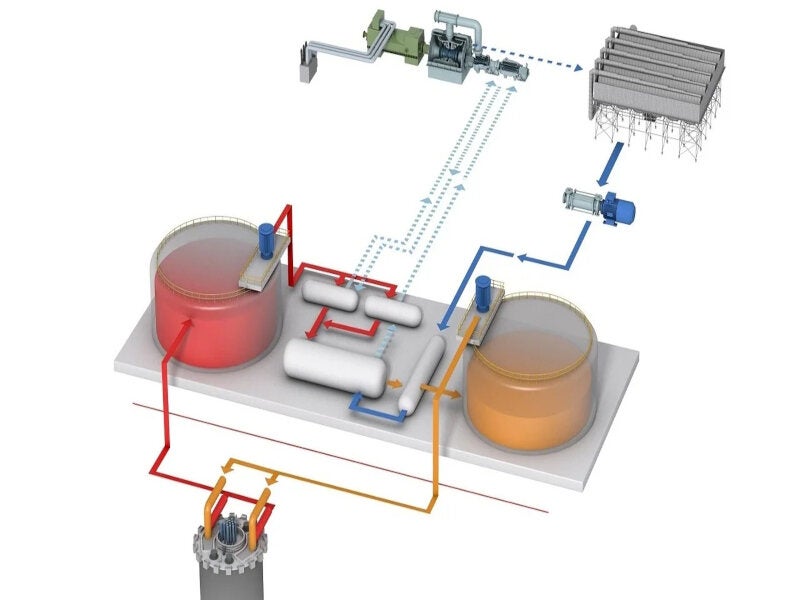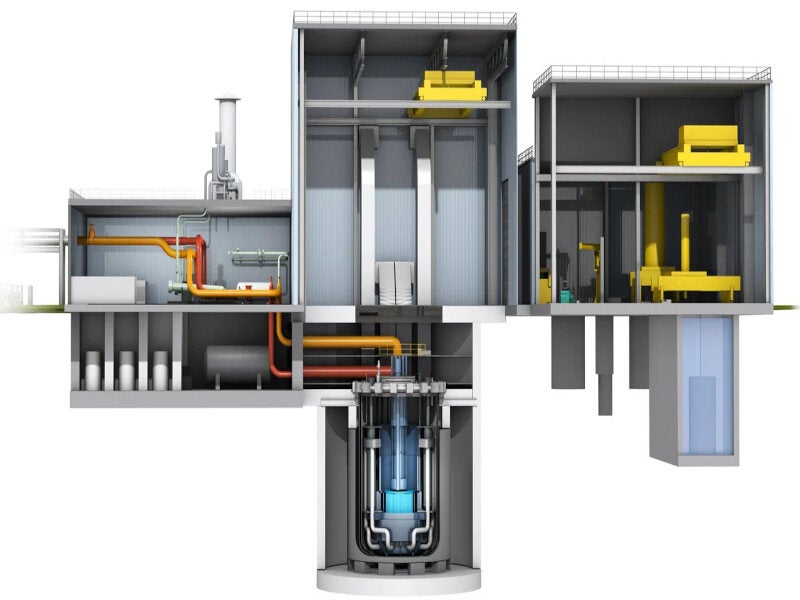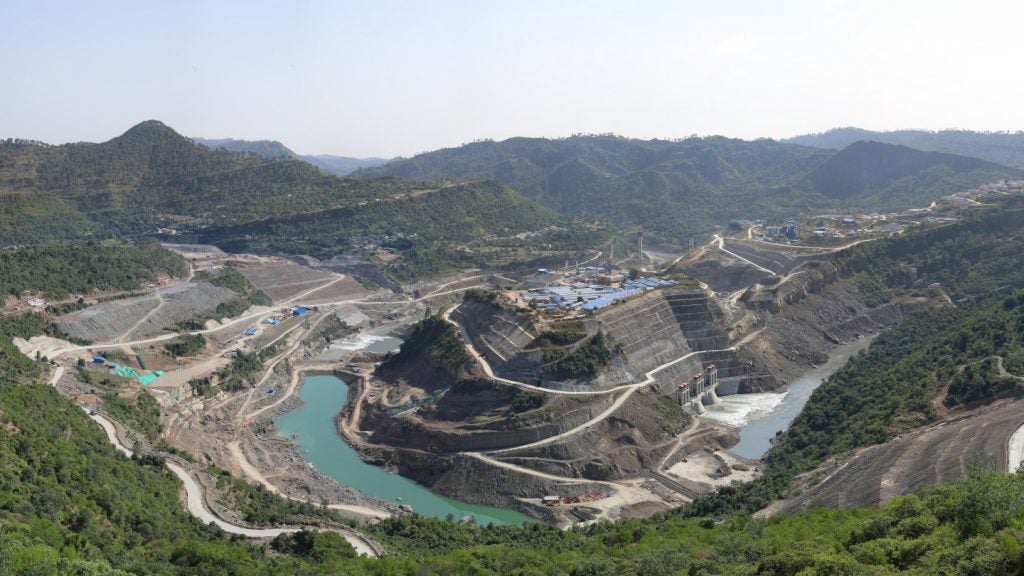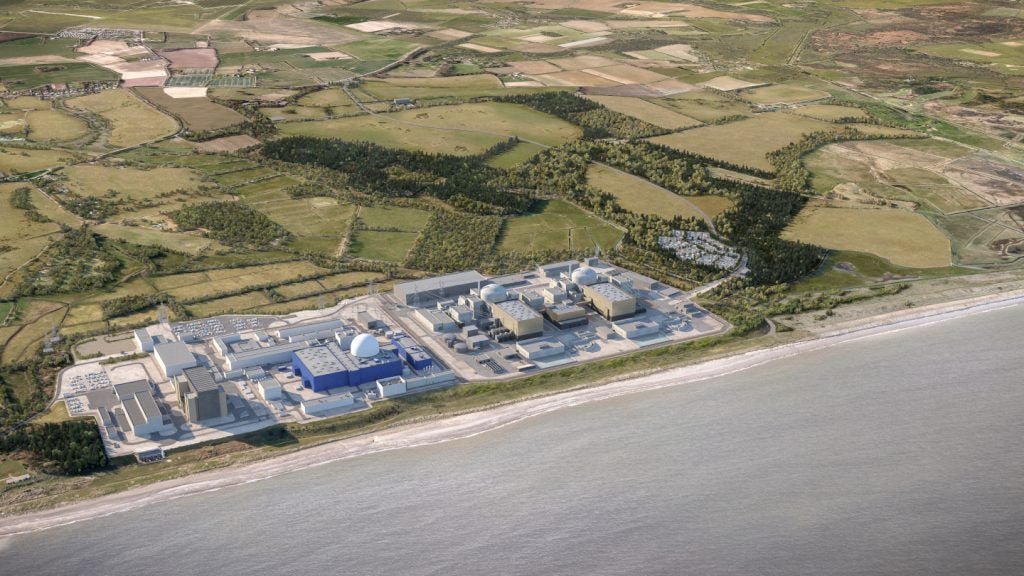The Natrium reactor demonstration project is a 345MW capacity nuclear power generation facility being built in Wyoming, US.
The pilot project was announced by American nuclear reactor designer TerraPower and electric power company PacifiCorp in June 2021. The plant will be owned and operated by PacifiCorp as an integral part of its energy generation fleet, upon completion.
The first-of-its-kind project will go through further evaluation, education, and outreach programmes, as well as regulatory approvals before the acquisition of a Natrium facility. The nuclear demonstration project is being backed by contractors, universities, and national laboratory partners.
The fully functional power plant will be used to validate the design, construction, and operational features of the Natrium technology.
TerraPower is expected to submit the construction permit application for the demonstration plant to the Nuclear Regulatory Commission (NRC) this year and the operating license application in 2026.
Non-nuclear construction will begin in 202 while the construction of the nuclear island will commence in 2025. The commercial plant in its entirety is expected to be complete in 2028.
Location
The Natrium reactor demonstration project is being constructed in Kemmerer, Wyoming, near a retiring coal plant. The nuclear island will cover an area of approximately 16 acres, while the total site area measures roughly 44 acres.
Natrium reactor demonstration project features
The demonstration project will feature a 345MW sodium-cooled fast reactor with a molten salt-based energy storage system and flexible power generation. The technology incorporated in the storage system is designed to increase the capacity to 500MW for more than five-and-a-half hours, which will be enough to meet the electricity needs of approximately 400,000 households.
The project will be seamlessly integrated with renewable resources, leading to the faster and more cost-effective decarbonisation of power generation.
The project will use metal oxide fuel with the fast neutron reactor being cooled by liquid sodium. It will commence commercial operations as a NRC-licensed, grid-scale reactor upon completion.
Once the reactor is available for commercial use, it will allow the country’s nuclear industry to enrich and fabricate high-assay and low-enriched uranium (HALEU) fuel, as well as to licence, build, and operate the advanced reactor.
TerraPower and PacifiCorp are carrying out a joint feasibility study to deploy up to five Natrium reactors and integrated energy storage systems in the PacifiCorp service territory by 2035.
Natrium technology details
The architecture design of the Natrium technology will not only help in simplifying major structures, but also reduce the complexity, cost, and construction schedule while generating safe and reliable electricity.
The Natrium technology was developed by TerraPower and GE Hitachi Nuclear Energy (GEH), a nuclear energy company. Besides following daily electric load changes, the integrated energy solution will allow utilities to leverage peaking opportunities created by fluctuations in renewable energy such as wind and solar.
The technology is designed to help utilities resolve challenges in increasing the reliability and stability of the power grid while meeting sustainability goals such as decarbonisation and emission reduction.
Funding details
In October 2020, TerraPower received initial funding of $80m from the US Department of Energy (DOE) for the Natrium technology demonstration as part of the Advanced Reactor Demonstration Program (ARDP). The cooperative agreement between TerraPower and the DOE was formalised in May 2021.
TerraPower is constructing the Natrium plant in collaboration with the DOE’s ARDP via a public-private partnership. The programme authorises an investment of up to $2bn in the project.
Nuclear fuel details
TerraPower collaborated with Global Nuclear Fuel-Americas (GNF-A), a fuel engineering services provider, to build the Natrium Fuel Facility at GNF-A’s existing plant site near Wilmington in October 2022.
The facility is jointly funded by TerraPower and the DOE through the ARDP and will be developed with an initial investment of $200m. The plant will use HALEU. The commercial use of HALEU is supported by the DOE under the Energy Act of 2020.
The facility will fulfil the nuclear fuel requirements of the Natrium demonstration plant and other advanced reactors in the US. It is poised to create the necessary fuel supply network for the US to introduce advanced reactors within its borders and around the world.
Contractors involved
GEH is the technology co-developer while Bechtel is the engineering and construction partner for the project.
Bechtel is responsible for the nuclear plant’s design, licensing, procurement, and construction.
Several utilities, including PacifiCorp, Energy Northwest, and Duke Energy are supporting the project in the areas of licensing, siting, grid requirements, and operations and maintenance.
Western Service, an engineering consultant, will offer the software platform and engineering services for the Natrium Engineering Simulator.
Engineering services provider James Fisher Technologies is designing and building an injection casting furnace system to support the project.
BWXT Canada, a nuclear component supplier, will design the Intermediate Heat Exchanger for the development.
Meanwhile, Curtiss-Wright Flow Control Service, an engineered products and services provider, will develop the reactor protection system.
Other members in the project team include Argonne National Laboratory, Centrus, a nuclear fuel supplier, Idaho National Laboratory, Orano, a nuclear energy company, Oak Ridge National Laboratory, Oregon State University, Pacific Northwest National Laboratory, Stanford University, and the Wisconsin Energy Institute.

